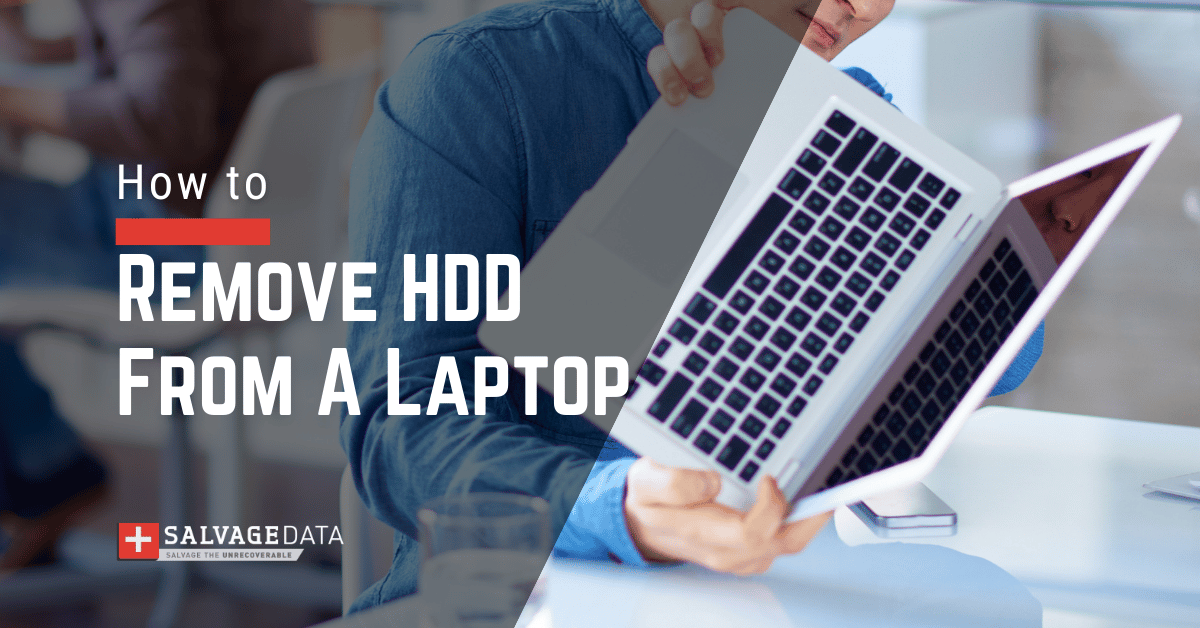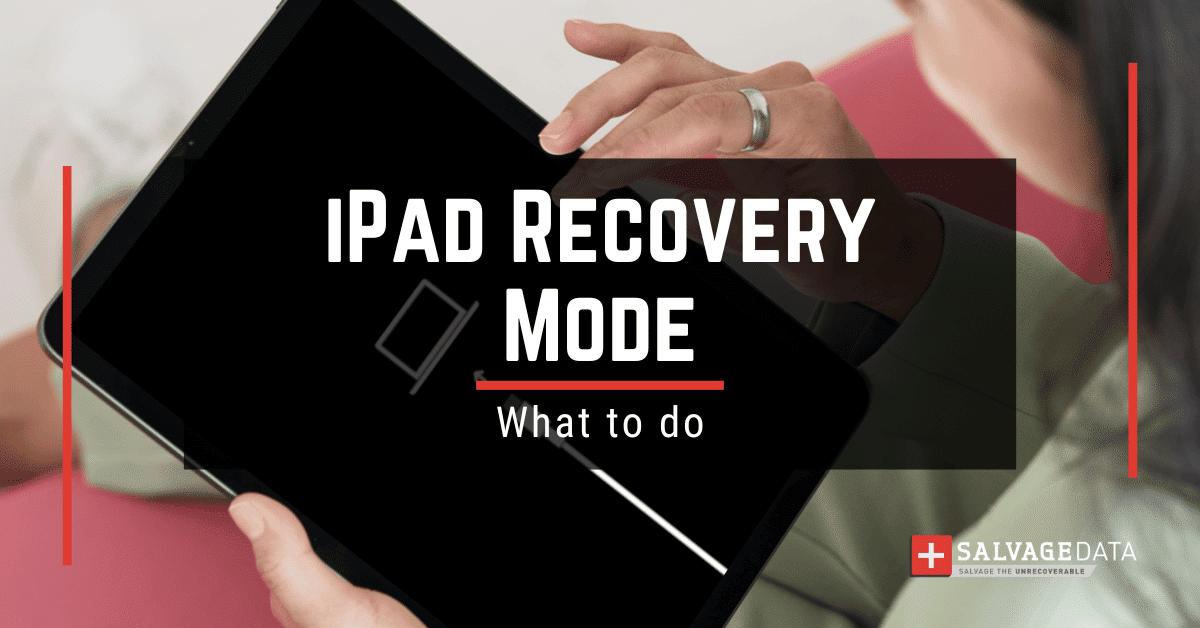Recent Articles
Quickest Mobile Data Recovery Case: 100% of Data Recovered in One Hour
How to fix a corrupted database on PS4
How to Troubleshoot Black or Blank Screens in Windows
LockBit Ransomware: A Comprehensive Guide to the Most Prolific Cyber Threat
How To Use iPad Recovery Mode
How to Prevent Overwriting Files: Best Practices
External Hard Drive Not Showing Up On Windows – Solved
How to Fix a Corrupted iPhone Backup
Backup and Remote Wiping Procedures
Common VMware Issues and Troubleshooting Solutions

I think there's an issue with my storage device, but I'm not sure Start a free evaluation →
I need help getting my data back right now Call now (800) 972-3282
There are many reasons you might want or need to remove the HDD from a laptop. Perhaps you need to recover your laptop data, or maybe you just need to upgrade to a larger hard drive. Here’s what you need to know in order to securely remove a hard drive from a laptop.
Before removing the laptop HD – quick tips to prevent damages
- Make sure you’re working in a clean and static-free environment. Any dust or debris inside your laptop can damage the sensitive components on your hard drive.
- Wear gloves, such as surgical gloves, and don’t touch delicate elements of the HD. Touching any of the exposed circuitry on the hard drive can also lead to damage, and sometimes prevent you from accessing the data.
- Use small tools, like a jeweler’s screwdriver.
- Back up your data before removing the hard drive. If you can’t access your files, then you can restore your data after the removal with data recovery software. Put your HDD into an enclosure and connect it to a working computer through a USB cable to transfer your files.
Protip: See how you can back up your computer’s data to an external HDD.
You must be extra careful when removing the HDD from a laptop to not damage the drive. But if you follow all the steps, you can easily set up your new HDD on the laptop with no problems.
Step-by-step to remove Hard Drive from Laptop
The first thing you need to do is power down your laptop and unplug it from any external power sources. If possible, remove the battery as well, for safety.
Warning: Don’t remove the battery with the laptop connected to an energy supply.
Step 1. Once the laptop is completely powered off, flip it over and locate the hard drive bay. In most laptops, the hard drive bay will be located at the bottom of the device near one of the corners.

Source: Dell Support
You can see one of the following icons near the hard drive bay, so you know you’re removing the right part of your laptop.
![]()
Step 2. Unscrew the hard drive from its mounting bracket. There will be two or four screws holding the hard drive in place.

Source: Dell Support
Gently pull out the drive from the connectors. Be careful so you will not damage the connectors. You need them to insert a new internal drive into your laptop.
Step 3. Pull the hard drive out of the mounting bracket and set it aside. Take precautions not to touch any of the exposed circuitry as this can lead to damage.

Source: HP Support
If you’re removing the HDD from your laptop to insert a new one, you can now take the new hard drive to place it.
Important. Now that the hard drive is removed from your laptop, it’s indispensable to take some precautions before continuing any further. Any dust or debris inside your laptop might damage the sensitive components on your hard drive.
Step 4. Line up the new hard drive with the mounting bracket and screw it in place.
After you add the new HD and assemble your laptop back, with the battery and the screws back in place, you’ll need to format the new drive before using it.
Why remove a hard drive from a laptop
- A hard disk error occurred, and you need to send the HDD for data recovery
- There’s no more storage space on the current HD and you need to install a larger one.
- The laptop HDD is dead or damaged.
- Your laptop has an extra hard drive slot, and you want to improve your laptop process and storage space.
- The current hard drive is obsolete, or you just want a newer and advanced HDD for your machine.
TL; DR: Get to know the hard drive removal process step-by-step and some precautions to take before removing your hard drive. This will prevent you from accidentally damaging your hard drive. It’s essential to remember that hard drives are made of very delicate and moving parts. So, be extra careful and use good and proper equipment. Mishandling your drive and laptop can void the warranty.
How to recover lost data from a removed hard drive
Now that you know how to remove a hard drive from your laptop, it’s time to see how you can recover the data from it if it’s the case.
Recover HDD data with software
Data recovery software can scan through your hard drive and look for any lost or deleted files. In most cases, it will be able to recover your lost data.
To restore data from the hard drive you’ve just removed, you’ll need an enclosure for it. Then you can connect the drive to your computer using a USB cable.
After that, launch the software and scan your storage device.
Once the software finishes scanning your hard drive, you can select from the list of files you want to restore. Create a backup of it on a safety device to avoid future data loss.
Contact a data recovery service to salvage your HDD files
Another option is to send your hard drive to a data recovery service. Professional data recovery providers, like SalvageData, offer a free in-lab evaluation of your device and have a strict No Data, No Charge policy.
Here’s a tutorial video on how to safely package a hard drive for shipping.
These services specialize in recovering data from damaged or corrupted hard drives. They will be able to retrieve your lost files for you.
Important: When requesting a data recovery service, your service provider can give you a step-by-step guide specific to your laptop’s brand and model, or even provide the service to remove the drive at their location.
Contact SalvageData 24/7 for a free in-lab evaluation of your laptop hard drive data recovery service. Get all your photos, videos, documents, and data restored safely.












